Fictitious assets can be defined as those fake assets which save revenue for the company. These do not exist physically but also do not qualify as intangible assets. These are merely the expenses or losses that are not fully written off in the accounting period in which they are incurred. These expeRead more
Fictitious assets can be defined as those fake assets which save revenue for the company. These do not exist physically but also do not qualify as intangible assets. These are merely the expenses or losses that are not fully written off in the accounting period in which they are incurred. These expenses are amortized over a period of time.
These assets do not have any realizable value except for the cash outflow. These are created to delay the recognition of the expense and defer it to future periods.
Fictitious assets actually qualify as an expense but are treated as assets only for the fact that they are expected to give returns over a course of more than one year. Examples are Advertisement expenses, preliminary expense, etc.
Treatment
Fictitious assets are shown on the assets side of the balance sheet under the head miscellaneous expenditure. A part of these expenses are shown in the profit and loss statement and the remaining amount is carried forward to the following years.
For example, a company Timber Ltd. incurs expenses relating to advertisement of its products worth 8,000,000 and this advertisement campaign can earn revenue for the company for around 10 years. Hence, such expense of 8,000,000 would be amortized over a period of 10 years.
For the first year, an amount of 800,000 (8,000,000/10) would appear in the profit and loss statement as expense and the rest 7,200,000 would appear as advertisement expense under the Miscellaneous expenditure on the assets side of the balance sheet.

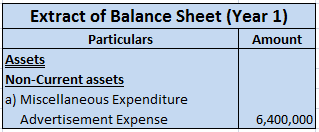
For the second year, an amount of 800,000 (8,000,000/10) would appear in the profit and loss statement as expense and the rest 6,400,000 would appear as advertisement expense under the Miscellaneous expenditure on the assets side of the balance sheet. And so on.

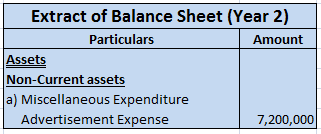
We can say that fictitious assets are deferred revenue expenditures as well as intangible assets. But goodwill, etc are not fictitious assets. Hence, all fictitious assets are intangible assets but all intangible assets are not fictitious assets.
Common fictitious assets that could generally be seen are:
- Advertisement expenses
- Preliminary expenses
- Discount allowed on the issue of shares
- Loss incurred on issue of debentures
- Underwriting Commission

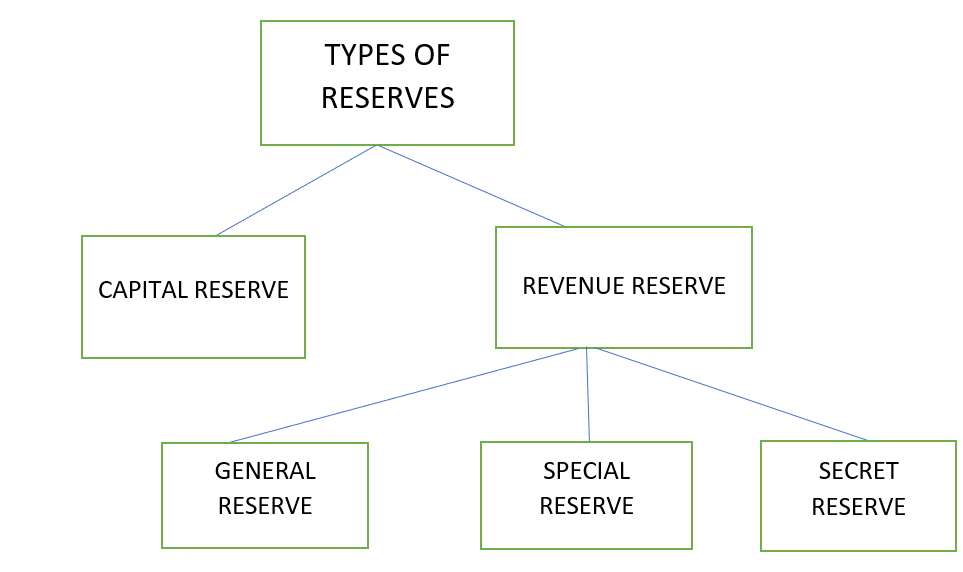
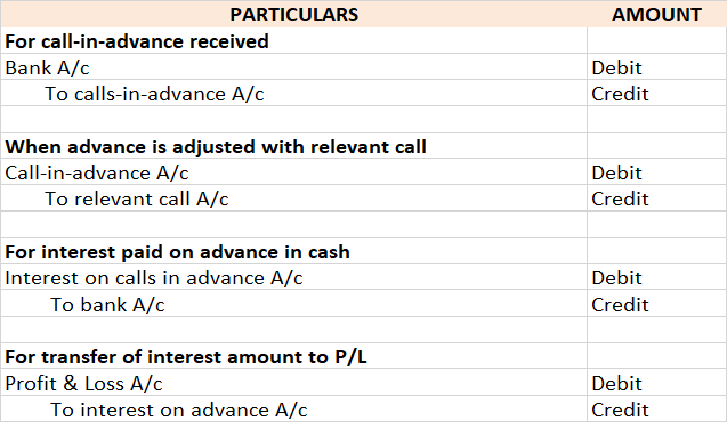
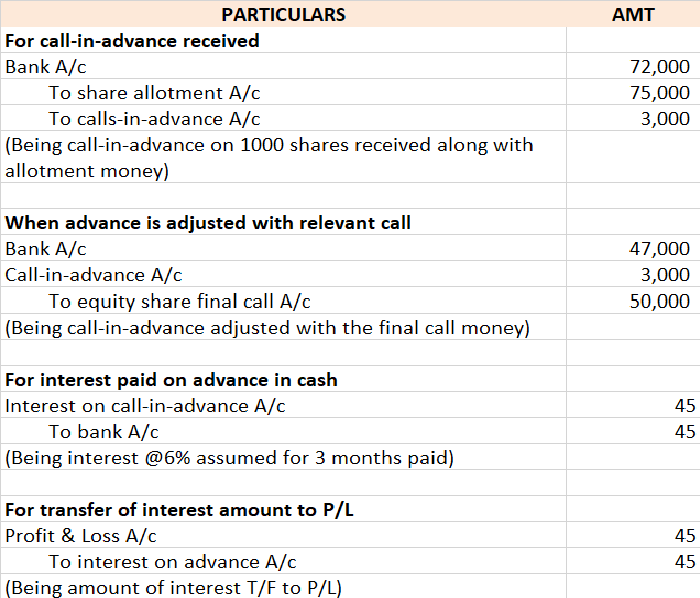








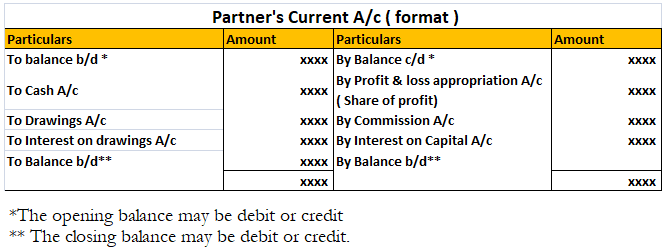
Definition Net profit is defined as the excess of revenues over expenses during a particular period. For a business i.e. company/firm, it is a liability towards shareholders/promoters/partners/proprietors, etc. as it is their capital that has earned these profits. When the result of this computationRead more
Definition
Net profit is defined as the excess of revenues over expenses during a particular period.
For a business i.e. company/firm, it is a liability towards shareholders/promoters/partners/proprietors, etc. as it is their capital that has earned these profits.
When the result of this computation is negative it is called a net loss.
Net profit may be shown before or after tax.
Formula :
Total Revenues – Expenses
Or
Total Revenues – Total Cost ( Implicit And Explicit Cost )
Liabilities
It means the amount owed (payable) by the business. liability towards the owners ( proprietor or partners ) of the business is termed an internal liability.
On the other hand, liability towards outsiders, i.e., other than owners ( proprietors or partners ) is termed as an external liability. For example – taxes owned, trade payables, etc.
For example creditors, bank overdrafts, etc.
Assets
An asset is a resource owned or controlled by a company and will benefit the business in current and future periods.
In other words, it’s something that a company owns or controls and can use to generate profits today and in the future.
For example – cash, building, etc.
Why debtors are treated as a liability?
Now let me explain to you why net profits are treated as a liability and not as an asset because of the following characteristics :
• Net Profit shows the credit balance of the Profit And Loss Account.
• It is treated directly in the balance sheet by adding or subtracting from the capital.
• Net Profit is a measure of the profitability of the company after taking into consideration all costs incurred during the accounting period.
• Net profit is the last line in an income statement and is the figure that concerns most people who use such a statement.
• Net income is reported on the income statement (profit and loss account) and forms a key indicator of a company’s performance.
Importance Of Net Profit
Now I will let you know the importance of net profit which is as follows :
Owners
Net profit allows owners to calculate the tax to be paid and how much earnings need to be distributed to the business owners.
Investors
Investors need to see net profit as they need to access the risk before investing they basically judge the revenue-generating capacity of a firm based on net profit.
Competitors
For making the comparison competitors tend to look at the net profit of the company to know how are they performing in the industry so that they can build themselves strong.
Creditors
Creditors look at the net profit for the purpose of obtaining business loans or we can say that determines a prospective debtor’s capacity to pay future debts.
Conclusion
Now after the above explanation, we can say that,
Net Profit is shown on the liability side as it belongs to shareholders so the company has to give it to shareholders so we are showing it under the liability side.
Net Profit with respect to the company is a liability as it has to pay it to shareholders.
Net Profit with respect to shareholders is an asset.
See less